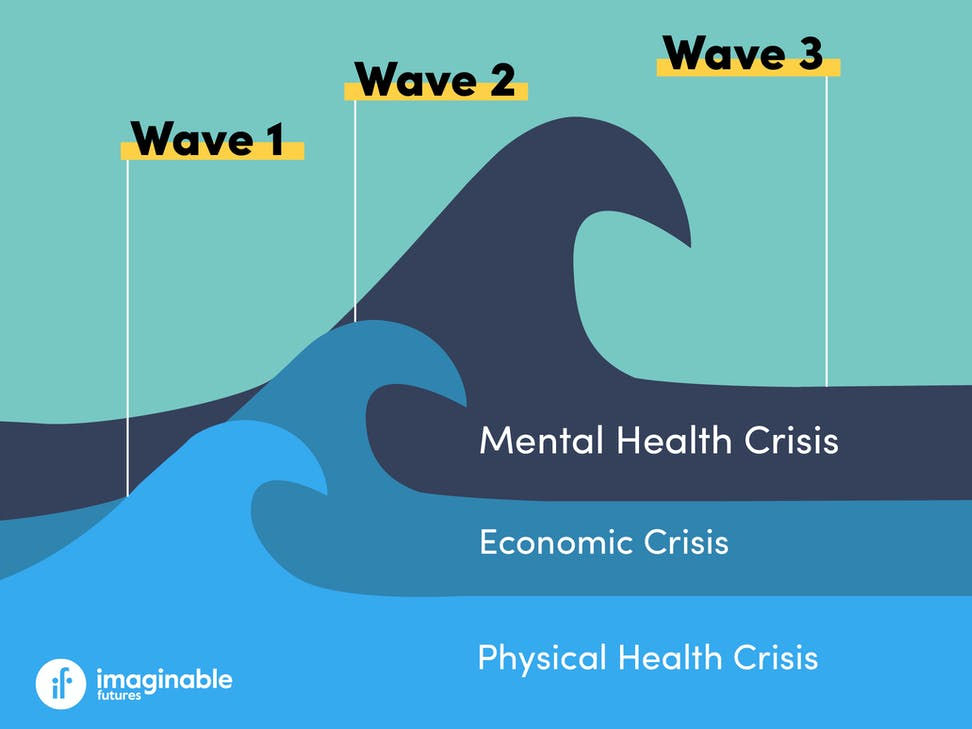Is there a true children and young people’s mental health crisis?
- Joely Perkin
- Nov 17, 2021
- 2 min read
Updated: Jun 30, 2024

The Association for Child and Adolescent mental health has published a paper in June of 2021 [1] reviewing studies on the mental health of children and young people in the UK that has called into question the idea that the often-sensationalised state of mental health of young people during the Covid-19 pandemic is the “approaching tsunami” it’s made out to be in graphics like the one below.

[2]
The principal problem in determining the answer is a lack of data, with a review approaching 50,000 abstracts finding only 4 with relevant data relating to CYP, all from outside of the UK. Trying to create estimates that apply to the whole population from this data is troublesome as this is very sensitive to selection bias even when trying to control for it.
Meanwhile looking at the studies from within the UK, there is conflicting information. For example, while 43% of young people said the lockdown made their lives worse, 25% actually said it made their lives better, and another study comparing it’s subjects mental health in October 2019 to April 2020 found that those scoring above clinical cut-off points in October actually saw improvement six months later.
When looking at specific categories of CYP the impact becomes more quantifiable, those CYP from families facing financial and housing instability had more likelihood of poor mental health as well as an increased fear about domestic violence as parents and children are in the house together more often with working and being educated from home, which can lead to escalation in tensions further stoked by the economic impact of the recession which will hit these households harder.
Furthermore, the impact on education is principally felt by those CYP in homes without a good study space or even internet access with which to home study, which comprises about one fifth to a third of 5-16 year olds who of course could not even use libraries as study spaces during the lockdowns either.
In conclusion more analysis and data-collecting is urgently needed to assess the true scope of the problem and where resources need to be allocated to protect the most vulnerable groups of CYP. In the mean time, Psychologists and mental health professionals should explore the impact of the pandemic and social isolation on children and young people’s wellbeing in their assessments.
If you specialise in working with children and young people and would like to do some private work, please contact Surrey Therapy Practice at enquiries@surreytherapypractice.com
References










Comments